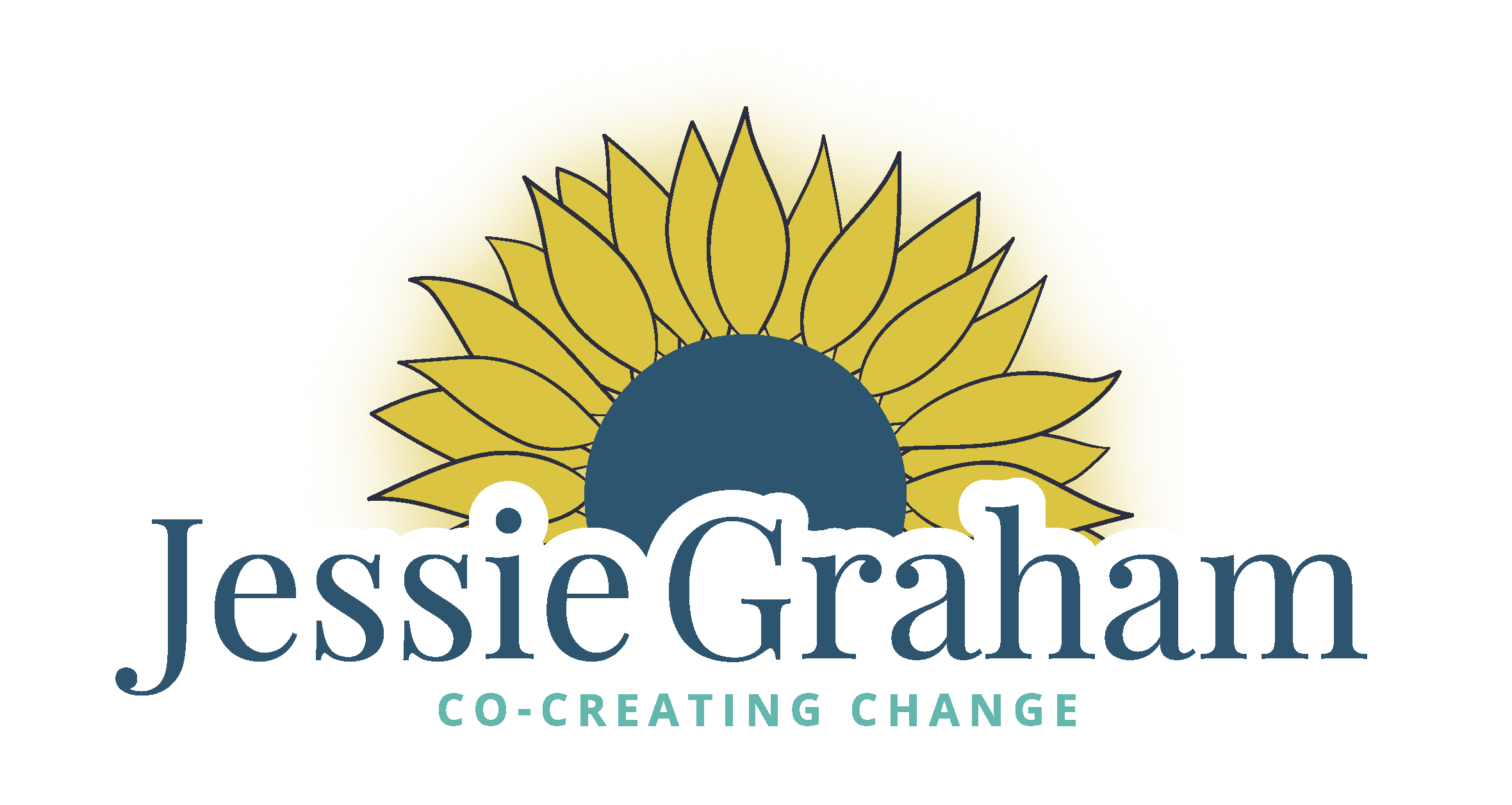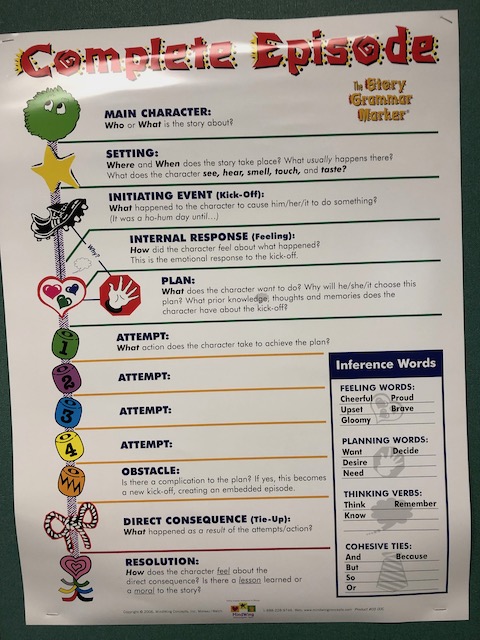Story Grammar Marker, a Trauma Informed Tool - Students Love it!
This year as I worked in an Elementary School where the 70 students identified with Speech and Language needs had similar IEP goals, most had challenges answering “Who, What, Where, When , Why and How” questions. I immediately thought of using Story Grammar Marker to support these students with a cohesive visual that would enable them to make sense of this language. For many students English was not their first language. In addition they were experiencing the toxic stress of poverty. My hope was that by using a system where they could tell stories they would both understand and express their own stories, thereby supporting not only their academic growth, but their social and emotional growth.
While I had experience using this tool, my two assistants were not as familiar with it. Leticia and Suzie were so amazingly open and wanted to learn so they could connect with the students. Drill and practice left some new skills to be desired. So we jumped in and I drew and modeled how to use this tool that was developed by MindWing Concepts . We started with the Character and and moved to the Setting and eventually we were able to work through a complete story including a critical thinking triangle.
Story Grammar through the eyes of Leticia
Leticia is a Speech language pathologist Assistant (SLPA) for 3 elementary schools in a school district in Oxnard CA. In her words:
“I am delighted and grateful that I’ve had the opportunity to learn about the story grammar marker. It is one of the most innovative tools I’ve found to be essential for the student’s narrative development. Some of the students whom I work with are English Language Learners, students with autism, trauma or have some type of language impairment that makes it challenging to communicate. From my prior years of experience, I’ve found that students benefit from visuals and tactile approaches when they’re learning how to narrate a personal or story style narrative. The story grammar marker enables the children to share their stories by describing their characters, setting, events, go through problem -solving model (if deemed necessary and if they are at that discourse level) and what I love the most is that it gives them the opportunity to express their inner feelings in an organized visualized model.”
I am so grateful that I had the opportunity to watch and coach these amazing educators as they worked with individual students and small groups to support this work. I will never forget the day Leticia said: “ Do you hear them? They are coming in and just telling their stories! “. They showed us that they felt heard, and safe to express their feelings and were willing to problem solve. Towards the end of the year I gave them the challenge of naming 30 feeling words. They met the challenge.
Here is a story that Leticia shared about how she used SGM with one of her students at another school in the district.
“ I’m never going to forget the story of a fifth- grade student diagnose with autism, who took a couple of sessions to warm up before using this remarkable tool. There were times he would tell me he didn’t have any “fun” stories to tell or anything interesting going on in his life. It was challenging for him to want to express himself in front of a group of students. One day, he came in appearing a bit distraught. When asked how he was feeling, he looked at the feelings chart I had next to the story grammar marker and pointed to the angry face. He said he didn’t want to talk about it and would let me know when he was ready. This child is very artistic and passionate about drawing. We offered him a white board with markers as we’ve observed that is one of his strategies he uses to regulate his feelings. When he was done, he showed me a picture of an erupting volcano and said “I feel furious, like a volcano about to erupt”. I took out the story grammar marker and as he narrated why he was so upset I pointed to the symbols. He was upset because a student in his group didn’t shuffle the card deck in the game “Uno”, which lead him to get most of the “reverse” cards. At that point the group of students had already experienced using the problem- solving model in previous sessions, therefore members of the group collaborated by offering suggestions. All of a sudden I saw his demeanor change from angry to glad. He looked at me and said “oh I just told a story, I didn’t know I told a story, I saw you touch the symbols while I was talking, I guess not all stories are fun, but they’re still stories.” That’s when I realized the student understood what narratives are all about. He said “I like the plan student A and student B came up with. I’m going to try that; I think that will make me feel better.” From then on, I’ve noticed how he enjoys telling stories whether they’re pleasant or unpleasant events. I feel like we’ve given him a tool that he’ll be able to transfer to multiple settings. We’ve given him a voice, an opportunity to be heard, to express his emotions and belong in a collaborative group that can help generate ideas in aiming to resolve conflict. “
Stay tuned for summer events regarding how to use Story Telling to learn more about your self and your students!

